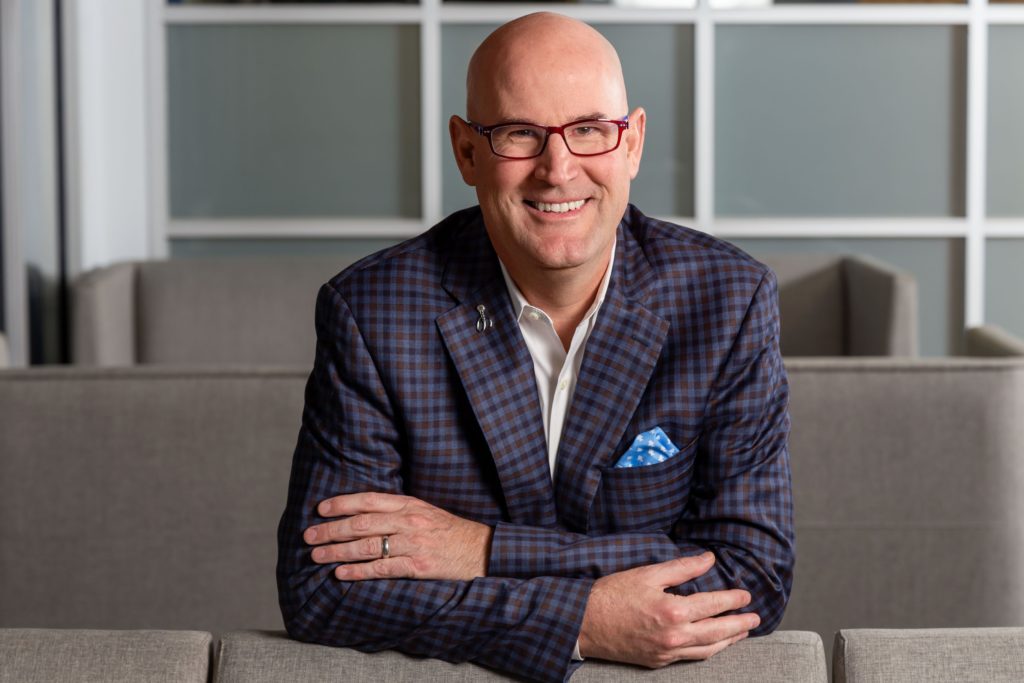If there’s one work perk that rises above the rest, it’s flexible work arrangements. Flexible work arrangements are about control . . . and everyone wants flex.
It was important 10 years ago. In 2011, a Coqual study showed that 87% of boomers, 79% of Gen Xers, and 89% of millennials cited flex as important. And it’s vital today as 1 out of 4 employees who’ve worked remotely during the pandemic want to stay remote.
Today, work is no longer defined by where you go. It is defined by what you do. Technology allows us to get work done anytime, anywhere—outside the traditional office space.
Flexibility is a win/win/win scenario. It produces savings for employees, employers, and the environment. Let’s break down the benefits:
Employer – Workplace flexibility can save employers up to $20,000 per employee per year. It also increases productivity by 27% according to research by Citrix.
Employee – Flex is a happy four-letter word. Workshifters are 55% percent more engaged than non-workshifters.
Environment – Half-time telecommuting nationwide would spare the environment the equivalent of taking 10 million cars permanently off the road. Energy costs for employers with flexible work arrangements decrease by 18%.
With all these benefits, why the resistance???
The resistance in my opinion is old-school thinking. Managers struggle to judge employees on outcomes, not hours. If I can’t see you, how do I know that you are doing your work?
According to Bonny Simi of Joby Aviation, “Bosses need to just relax. They don’t have to see the employee for the work to get done. That’s the hardest shift in mindset for some managers. They [employees] don’t want to work 9 to 5—and it doesn’t matter to me if they work better from six at night until three in the morning or if they can do the work in six hours instead of eight.”
MILLENNIAL AND GENZ DEMAND IT
Flexibility over finances. That’s right, HubSpot shows us that 45% of millennials would choose work flexibility over pay any day of the week and twice on Sunday. If millennials want it, GenZers may demand it. Truthfully, all generations are desiring more flexibility in their work hours and locations. While this may seem foreign to certain businesses and industries, optimal engagement means significant productivity. Just ask a millennial or GenZ which coffee shop in town has the best WiFi.
Takeaway – You can’t take the pee out of the pool. The pandemic has proved that flexible and remote work is viable. Employees value it. Leaders need to find ways to broaden flex as we prepare for a return to the office. We have to think differently to work differently. Perhaps Tony Schwartz puts it best, “It’s not just the number of hours we sit at a desk that determines the value we generate. It’s the energy we bring to the hours we work.” It’s what, not where. It’s and, not or.
Follow me on Twitter or LinkedIn.

Stan Phelps walks the walk. He stands out in the sea of sameness by modeling his own Differentiated Experience (DX) message: Differentiation isn’t just about what you say, it’s about what you do and, more importantly, how and why you do it. Stan leverages his unique collection of 5,000+ case studies on customer, employee, and brand experience to engage audiences with informative learning-based experiences. He believes purposeful DX wins the hearts of employees and customers, and differentiation ultimately boosts loyalty, retention, referrals, and results.
Find Stan’s in-person and virtual keynotes, workshops, and Goldfish tank programs at StanPhelps.com.

